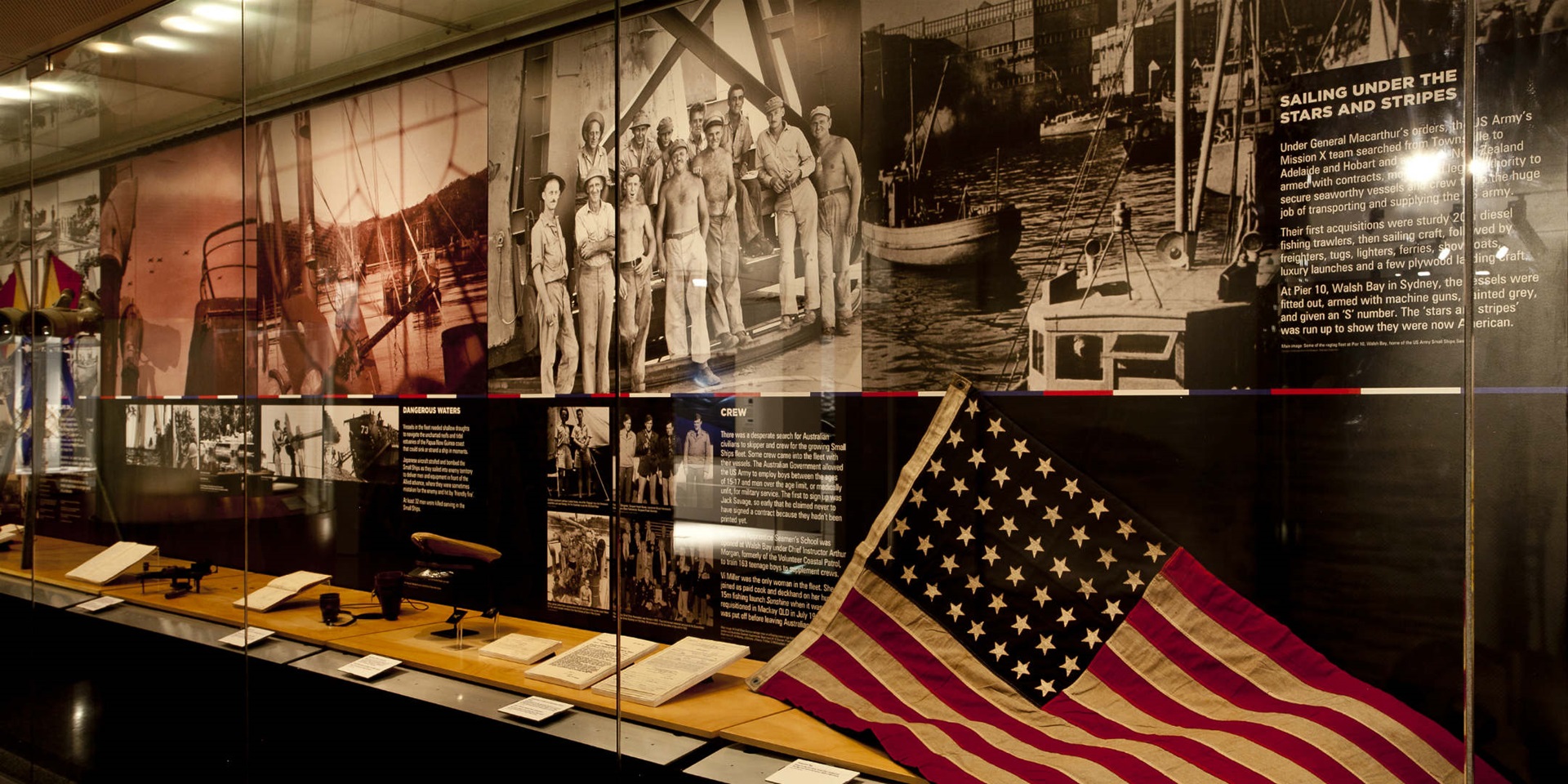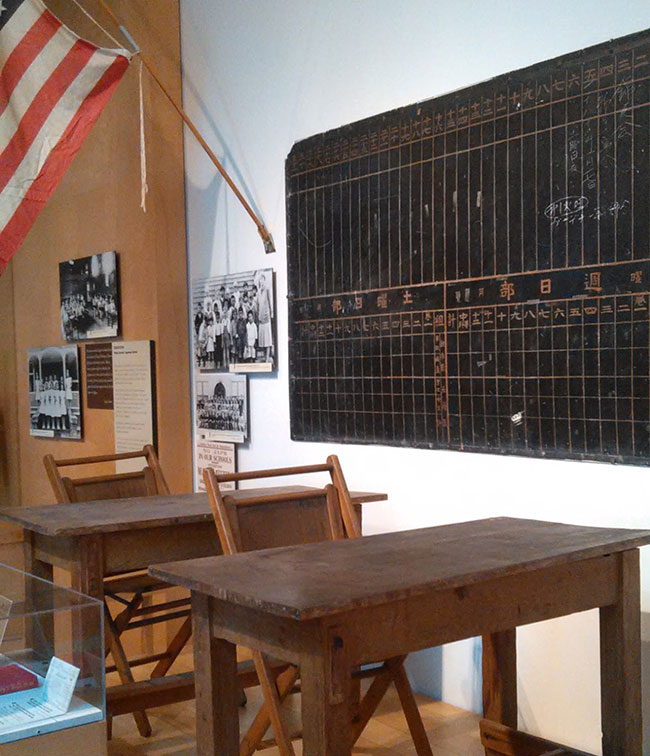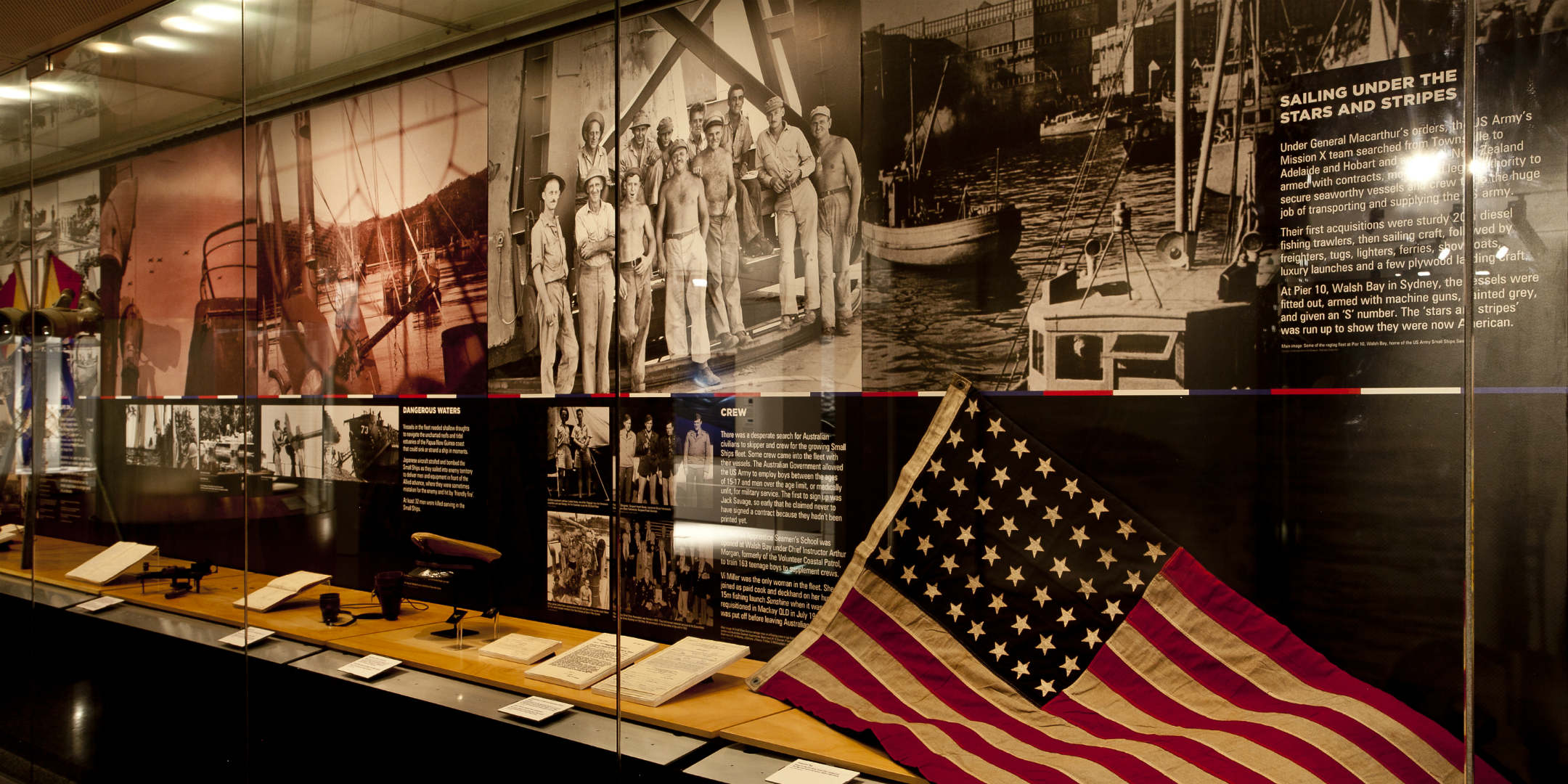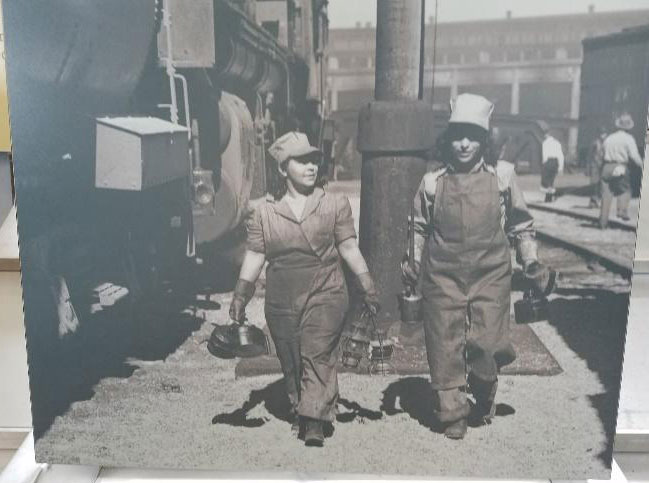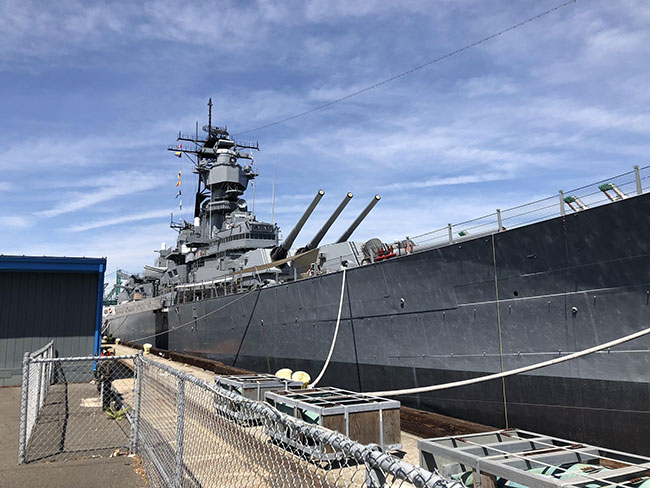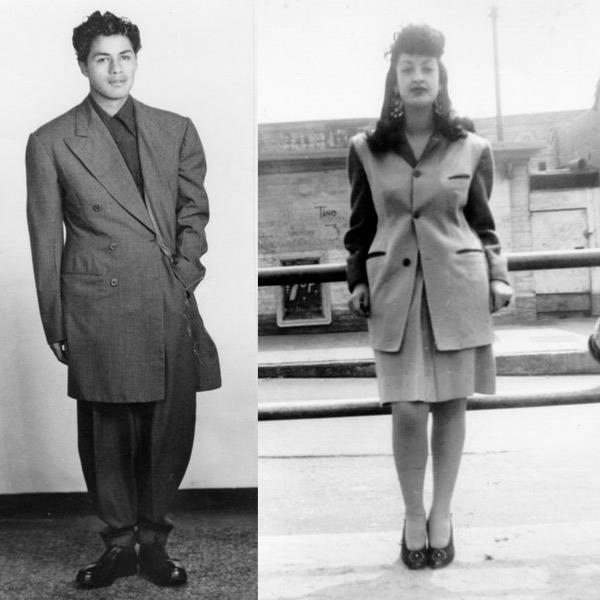Academy of the Canyons - Santa Clarita, California, USA
Student researchers from Grades 9-12 at Academy of the Canyons public middle-college high school have undertaken this project based on life at the home front during the second world war, investigating the effects of the war on the work and people of the Los Angeles area.
Los Angeles, California: Daily Life on the Homefront
About our research
Our class exploration of daily life in Los Angeles during World War II took us on a surprising and fascinating journey of discovery. While we intended to focus our attention on manufacturing and Japanese internment, we quickly found out that there was a lot more to the story of Los Angeles and World War II.
Instead of mere research, we became a team of investigative journalists seeking out the whole story.
Our research and travels led us from the shipyards in the Port of Los Angeles, to the airplane manufacturing plants across the LA basin, to the cultural and legal struggles of the Mexican and Japanese American communities, and beyond. Along the way, our greatest discovery was finding out that the “Angeleno” experience of World War II was as diverse as our population, and that our region was dramatically transformed by the industry of war.
The ‘Rosies’
Story by: Olivia
A visit to the Rosie the Riveter World War II Homefront National Historic Park showed us the impact of the ‘Rosie's’ on the war effort.
"They [veterans] would say they were running out of supplies or equipment and here would come a ship from Richmond. That’s when it really sunk in!"
The war provided women the opportunity to hold many jobs typically reserved for men, such as office worker, scaler, welder, nurse, clerk, and draftsmen. Women received training and the opportunity to demonstrate their patriotism. An example of these women is pictured.
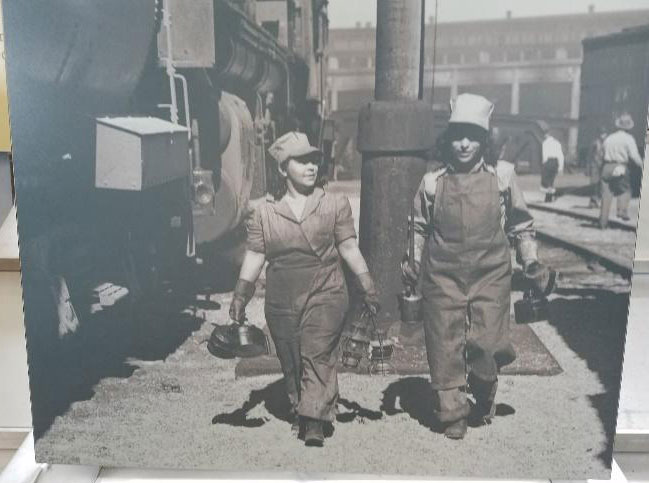
Trinidad Gutierrez (left) and Molly Alcanto (right) worked at a rail yard in San Bernardino, California.
Zoot Suits
Story by: Karrie
We discovered that the Zoot Suit was fashionable among minorities in cities across the USA. In Los Angeles, 'pachuco' culture was associated with young Mexican Americans rebelling against the pressures to maintain Mexican traditions and the pressures to assimilate into mainstream American culture.
The Zoot Suit was especially controversial because of its exaggerated lines and excessive amount of fabric used during a time of rationing. The Los Angeles Zoot Suit Riots were sparked by negative press coverage of Mexican-American defendants in a murder case, associating the defendants with juvenile delinquency and gangs. For a week in June 1943, American servicemen targeted Mexican-Americans wearing Zoot Suits, and while no one was killed, these attacks highlighted the racial tensions among the diverse populations in Los Angeles.
USS Iowa
Story by: Leila, Morgan, and Alyssa
A visit to the USS Iowa at the Pacific Battleship Center in Los Angeles showed us the inner workings of a battleship constructed during World War II. The USS Iowa was launched in 1942, and made her way to battle almost immediately. During the war, the USS Iowa transported President Roosevelt to the Casablanca conference with Churchill and Stalin, and landed with the USS Missouri at Tokyo Bay to oversee the occupation of Japan.
In an interview with veteran Lloyd Glick, we learned that sailors lived monotonous, repetitive lives at sea, but Glick survived twelve battles aboard his battleship. The experience revealed the massive productive power of the United States, as well as the personal sacrifices made in war.
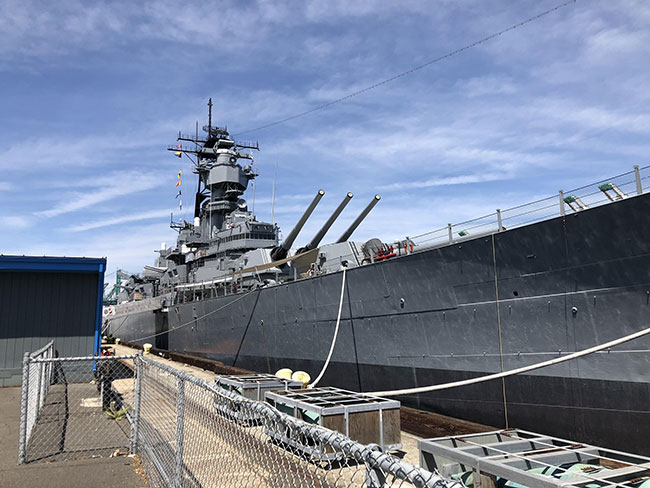
USS Iowa Battleship Museum. Photo by Leila Parks at the Pacific Battleship Center in Los Angeles.
Pearl Harbor
Story by: Karina
The bombing of Pearl Harbor on December 7, 1941 forever altered the lives of Japanese Americans living on the west coast of the United States. Japanese American families in Los Angeles were forced to relocate to internment camps after President Roosevelt's Executive Order 9066 in April 1942.
One internment camp, located in McGehee, Arkansas, was modeled after military facilities: tar-paper barracks, mess halls, and recreation halls. Guard towers and barbed wire were everyday features of in-mates’ lives, who attended schools like Rohwer Center High School. Within the camp, students attended classes, played sports, and participated in activities.
After the war, many Japanese Americans returned to Little Tokyo in Los Angeles, only to find their homes occupied by new residents.
